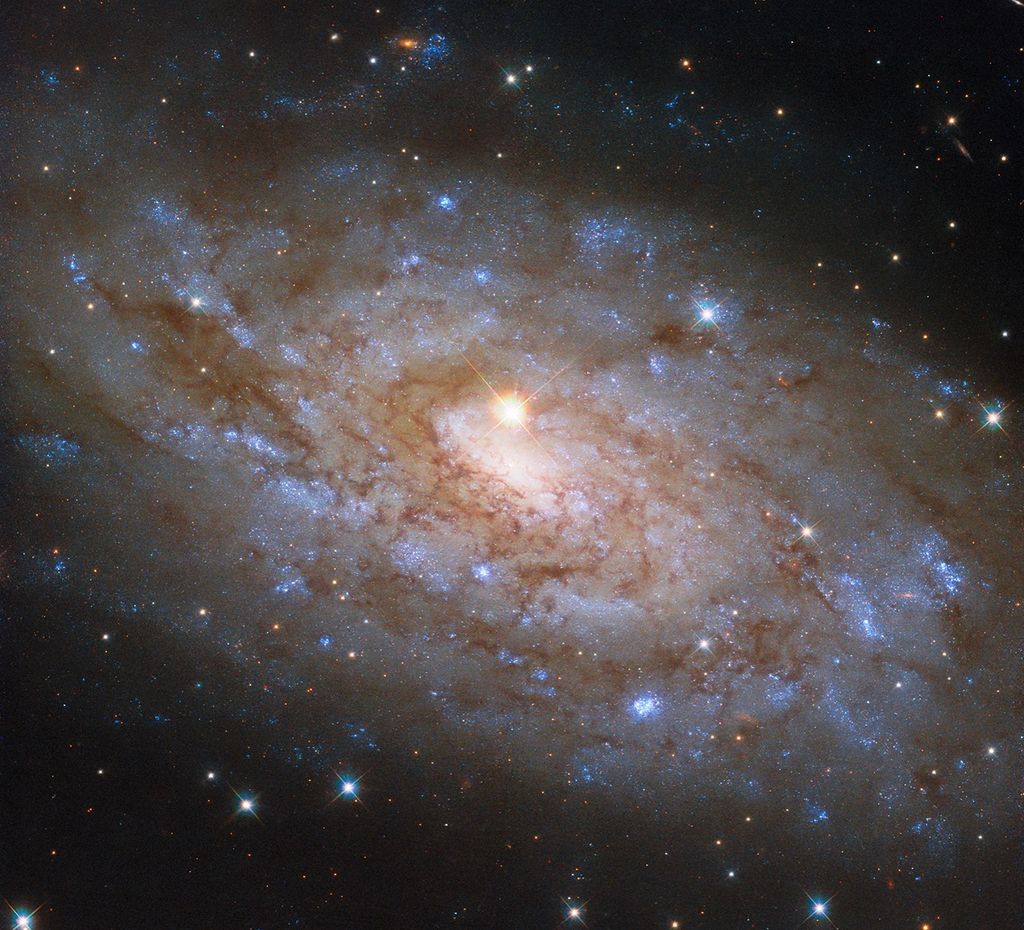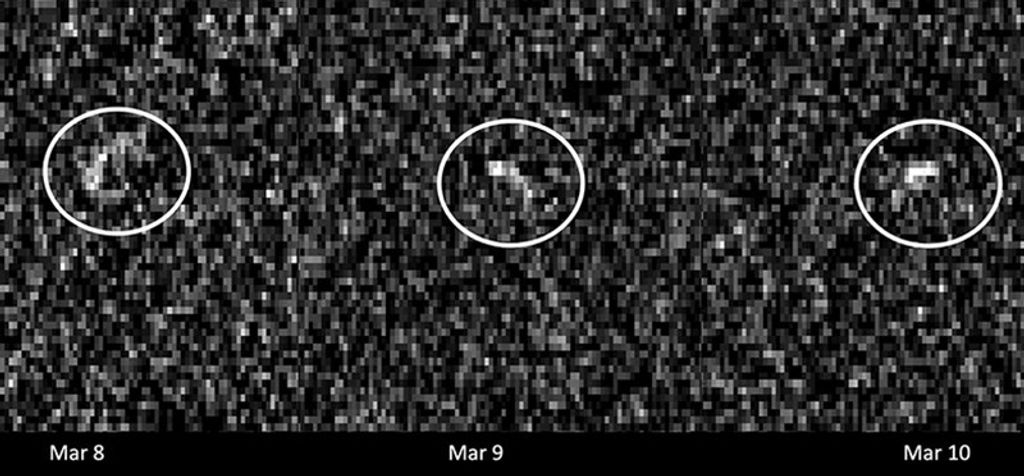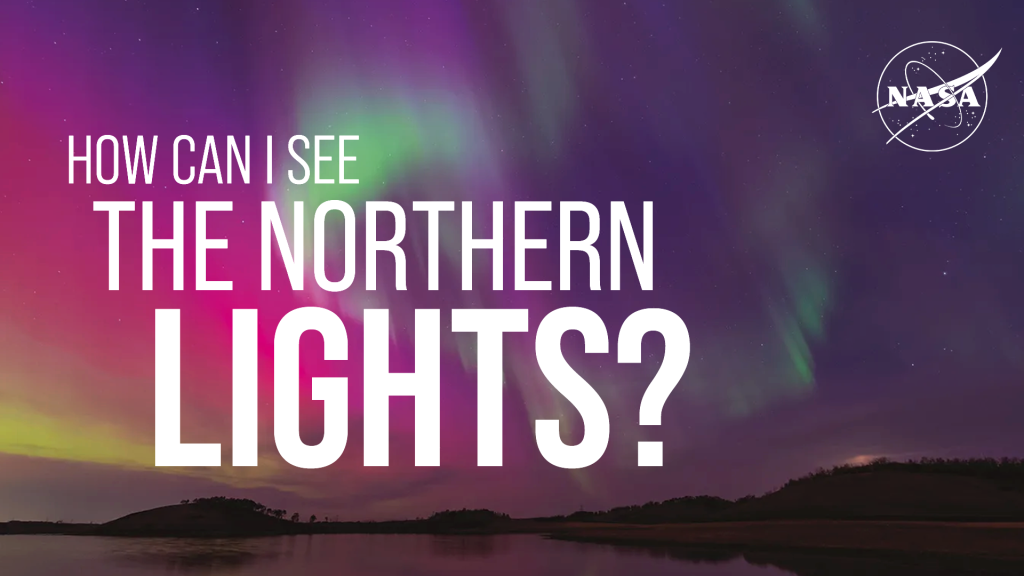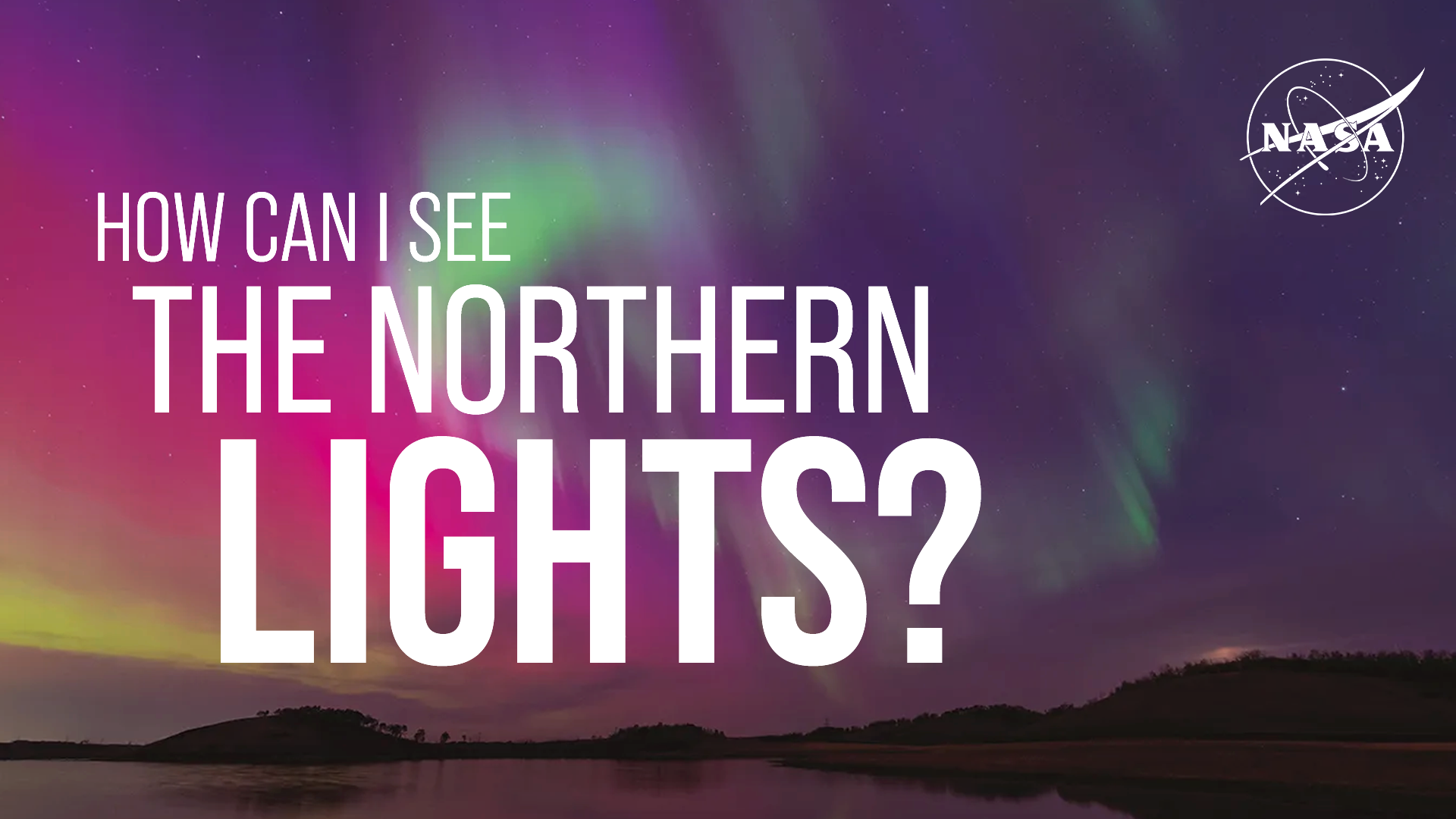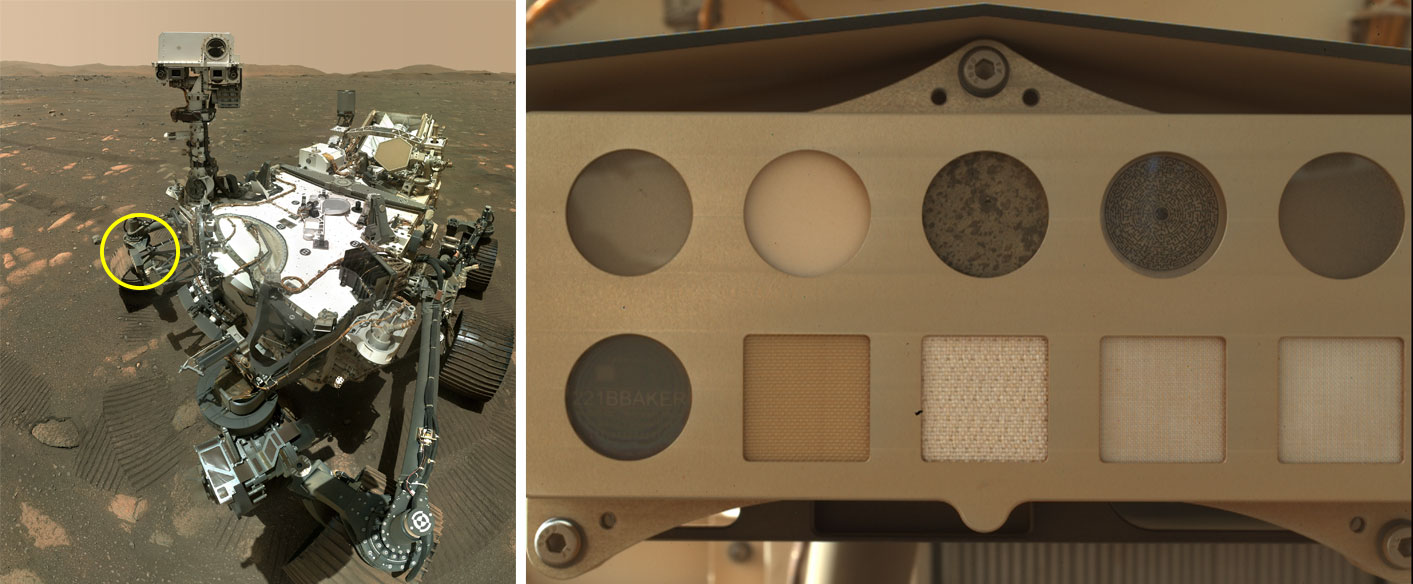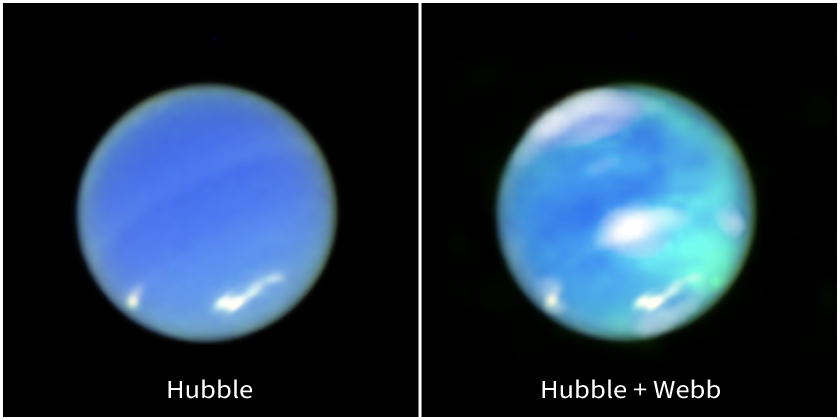The next full Moon will be the Pink Supermoon, on Monday night April 26, 2021. It will appear full from Sunday night through Wednesday morning.

The Next Full Moon is the Pink Moon, the Sprouting Grass Moon, the Egg Moon, the Fish Moon, the Paschal Moon (for Eastern Christianity), Hanuman Jayanti, Bak Poya, and a Supermoon.
The next full Moon will be late Monday night, April 26, 2021, appearing opposite the Sun in Earth-based longitude at 11:32 p.m. EDT. This will be the next day from the Atlantic Daylight Savings timezone eastward across Africa, Europe, Asia, and Australia to the International Date Line. Most commercial calendars are based on Greenwich Mean Time (GMT) or Coordinated Universal Time (UTC) and will show this full Moon occurring on Tuesday, April 27, 2021. The Moon will appear full for about three days around this time, from Sunday night through Wednesday morning.
In the 1930s the Maine Farmer's Almanac began publishing American Indian Moon names for the months of the year. According to this almanac, as the full Moon in April, this is the Pink Moon, named after the herb moss pink, also known as creeping phlox, moss phlox, or mountain phlox. The plant is native to the eastern United States and is one of the earliest widespread flowers of spring.
Different publications use slightly different thresholds for deciding which full Moons qualify as supermoons, but for 2021 all agree the two full Moons in April and May are supermoons.- Gordon Johnston
Other names for this Moon include the Sprouting Grass Moon, the Egg Moon, and among coastal tribes of North America, the Fish Moon, as this was when the shad swam upstream to spawn.
For Eastern Christianity (which bases its calculations on the Julian Calendar) this is the full Moon before Easter, called the Paschal Moon. This is one of the years where the different calendars used by Western and Eastern Christianity make a difference. Eastern Christianity will be celebrating Easter on Sunday, May 2, 2021. Western Christianity celebrated Easter on Sunday, April 4.
For Hindus, this is Hanuman Jayanti, the celebration of the birth of Lord Hanuman, celebrated in most areas on the full Moon day of the Hindu lunar month of Chaitra, which (in India's time zone) is Tuesday, April 27, 2021.
For Buddhists, especially in Sri Lanka, this full Moon corresponds with Bak Poya, commemorating when the Buddha visited Sri Lanka and settled a dispute between chiefs, avoiding a war.
This Full Moon is a Supermoon
This full Moon is the first of two supermoons for 2021. The term "supermoon" was coined by astrologer Richard Nolle in 1979 and refers to either a new or full Moon that occurs when the Moon is within 90% of perigee, its closest approach to Earth. Since we can't see a new Moon (except when it passes in front of the Sun), what has caught the public's attention in recent decades are full supermoons, as these are the biggest and brightest full Moons for the year.
These two full Moons are virtually tied, with the full Moon on May 26, 2021, slightly closer to the Earth than the full Moon on April 26, 2021, but only by about 98 miles (157 kilometers), or about 0.04% of the distance from the Earth to the Moon at perigee.
Full Moons, New Moons, and Calendars
In many traditional lunisolar calendars, the months change with the new Moon and full Moons fall in the middle of the lunar months. This full Moon is in the middle of the third month of the Chinese calendar and Iyar in the Hebrew calendar. In the Islamic calendar, the months start with the first sighting of the waxing crescent Moon shortly after the New Moon.
This full Moon is near the middle of the holy month of Ramadan. Ramadan is honored as the month in which the Quran was revealed. Observing this annual month of charitable acts, prayer, and fasting from dawn to sunset is one of the Five Pillars of Islam.
As usual, the wearing of suitably celebratory celestial attire is encouraged in honor of the full Moon.
Summary of Upcoming Celestial Events
Here is a summary of celestial events between now and the full Moon after next (with times based on the location of NASA Headquarters in Washington):
As spring continues in the northern hemisphere the daily periods of sunlight continue to lengthen. On Monday, April 26, 2021 (the day of the full Pink Moon), morning twilight will begin at 5:14 a.m. EDT, sunrise will be at 6:16 a.m., solar noon will be at 1:05:48 p.m. when the Sun will reach its maximum altitude of 64.87 degrees, sunset will be at 7:56 p.m., and evening twilight will end at 8:59 p.m. By Wednesday, May 26, 2021 (the day of the full Moon after next), morning twilight will begin at 4:38 a.m., sunrise will be at 5:47 a.m., solar noon will be at 1:05:10 p.m. when the Sun will reach its maximum altitude of 72.37 degrees, sunset will be at 8:23 p.m., and evening twilight will end at 9:33 p.m.
On Monday evening, as evening twilight ends at 8:59 p.m. EDT, the planet Mars will appear about 38 degrees above the western horizon. The planets Venus and Mercury will have already set, but you might be able to catch them in the glow of dusk from about 30 minutes after sunset until they set in the west-northwest.
The bright star appearing closest to directly overhead will be Regulus – the heart of the lion in the constellation Leo – appearing 63 degrees above the southern horizon. Regulus is about 79 light-years from us and is one of four stars that we see as one (two binary star systems orbiting each other).
The brightest of the stars in our night sky, Sirius – the Dog Star – will appear 16 degrees above the southwestern horizon. Sirius is a binary star system about 8.6 light-years from Earth. The bright stars of the local arm of our home galaxy including the constellation Orion will appear spread along the horizon from the south-southwest towards the west.
As the lunar cycle progresses, the planet Mars and the background of stars will appear to shift toward the west, although it is actually the Earth that is moving around the Sun towards the east. Mars will appear to shift more slowly than the stars since Mars is moving in the same direction we are.
Beginning April 29, the planet Mercury will appear above the horizon in the west-northwest as evening twilight ends.
On May 12, you might be able to see the very thin, waxing crescent Moon low on the horizon in the west-northwest, appearing to the left of Venus from about 30 minutes after sunset until the pair sets about 5 minutes before evening twilight ends. However, the crescent Moon might be too thin to see, especially without binoculars or a telescope.
On May 13, the thin, waxing crescent Moon will have shifted higher in the sky to appear to the left of Mercury in the west-northwest, with Mercury setting about 47 minutes after evening twilight ends.
May 15 will be the evening when the planet Mercury will reach its highest above the horizon as evening twilight ends for this apparition, about 7 degrees above the west-northwestern horizon. Also on May 15, the waxing crescent Moon will appear in the west-northwest to the lower right of Mars, with the pair setting around midnight.
By May 16 into May 17, the waxing crescent Moon will have shifted to appear to the lower left of the bright star Pollux, with the pair setting about 3.5 hours after evening twilight ends (setting around 12:49 a.m. EDT).
Beginning May 19, the bright planet Venus will join Mercury above the horizon in the west-northwest as evening twilight ends. On May 19 into May 20, the waxing half-full Moon will appear above the bright star Regulus, with Regulus setting first early on May 20 at around 2:07 a.m.
On May 23 into May 24, the waxing gibbous Moon will appear about 7 degrees to the left of the bright star Spica, with Spica setting first on May 24 at around 3:52 a.m.
By the evening of Wednesday, May 26, 2021, the day of the full Moon after next, as evening twilight ends (at 9:33 p.m. EDT), the brightest planet visible will be Venus, appearing only 1 degree above the horizon in the west-northwest. To the upper left of Venus will be the planet Mercury, appearing 3 degrees above the horizon. The planet Mars, slightly brighter than Mercury, will appear 23 degrees above the west-northwestern horizon. The constellation Ursa Major, also known as the Big Dipper, will appear in the north close to nearly overhead. No bright star will appear close to overhead, with the closest being Arcturus at 62 degrees above the southeastern horizon.
Meteor Showers
Several meteor showers will peak during this lunar cycle, although this year conditions do not look promising for seeing these meteors from our area. The annual Lyrid meteor shower is expected to peak early in the morning on Thursday, April 22, 2021. The light of the waxing gibbous Moon will interfere with the visibility of these meteors, which under ideal conditions (which we don't have this year) might be expected to produce about 18 visible meteors per hour.
On the morning of April 22, the Moon will set about 30 minutes before any sign of dawn begins to show in the east at 4:07 a.m. and 4:44 a.m. EDT, respectively, so there will be only a short window without light interference. These meteors are caused by debris from Comet Thatcher entering our atmosphere at 110,000 miles per hour (49 kilometers per second).
Moonlight interference will be even worse for the less predictable Pi-Puppid meteor shower, expected to peak the next morning, Friday, April 23, 2021. These meteors are caused by debris from Comet Grigg–Skjellerup.
The annual Eta-Aquariid meteor shower is expected to be active from April 19 through May 28, peaking the morning of May 6, 2021. From the Southern Hemisphere and under ideal conditions, this meteor shower tends to peak at rates from 40 to 85 visible meteors per hour. However, the Washington area is on the northern edge of the latitudes from which we can see these meteors. This and the relatively short time between the rising of the radiant (the area in the sky from which these meteors appear to radiate out from) and when morning twilight begins will make these meteors hard to see. These meteors are caused by debris from Halley's Comet entering our atmosphere at 148,000 miles per hour (66 kilometers per second).
Daily Guide
Here is a more detailed, day-by-day listing of celestial events between now and the full Moon after next. Again, times are based on the location of NASA Headquarters in Washington:
April 20
Tuesday evening, April 20, 2021, will be the first evening that the bright planet Venus will be just barely above the horizon in the west-northwest 30 minutes after sunset (an approximation of when Venus will start becoming visible in the evening sky).
Even though they are not usually visible, I include in these Moon missives information about Near Earth Objects, mostly asteroids, that may pass the Earth within 5 lunar distances, because I find it interesting that we have discovered so many. On Tuesday evening, April 20, 2021, at 10:27 p.m. EDT (2021-Apr-21 02:27 UTC), Near-Earth Object (2021 GJ3), between 152 to 339 feet (46 and 103 meters) across, will pass the Earth at between 3.8 and 3.9 lunar distances (nominally 3.8), traveling at 30,100 miles per hour (13.46 kilometers per second).
April 21-22
Wednesday evening into Thursday morning, April 21 to 22, 2021, the bright star Regulus will appear near the waxing gibbous Moon. Regulus will be about 8 degrees to the lower left as evening twilight ends (at 8:53 p.m.EDT) when the Moon will be near its highest in the sky for the evening. The pair will appear to shift closer together and reach about 6 degrees apart as Regulus sets in the west-northwest Thursday morning at 3:57 a.m.
April 24
Saturday evening, April 24, 2021, will be the first evening that the planet Mercury will join Venus just barely above the horizon in the west-northwest 30 minutes after sunset (an approximation of when Mercury will start becoming visible in the evening sky).
April 25-26
Sunday evening into Monday morning, April 25 to 26, 2021, the bright star Spica will appear near the full Moon. As evening twilight ends at 8:58 p.m. EDT the Moon will appear about 27 degrees above the horizon in the east-southeast, with Spica about 7 degrees to the lower right. The Moon will reach its highest in the sky for the night on Monday morning just after midnight at 12:19 a.m., with Spica about 6 degrees below the Moon. As morning twilight begins on Monday morning at 5:14 a.m., the Moon will appear about 9 degrees above the horizon in the west-southwest with Spica about 5 degrees below the Moon.
Sometime in mid-April 2021 (2021-Apr-26 10:36 UTC with 4 days, 17 hours, 5 minutes uncertainty), Near-Earth Object (2015 HA177), between 8 and 17 meters (25 to 56 feet) across, will pass the Earth at between 0.9 and 48.0 lunar distances (nominally 19.2), traveling at 8.75 kilometers per second (19,600 miles per hour).
In late April or early May 2021 (2021-Apr-26 22:23 UTC with 7 days, 20 hours, 11 minutes uncertainty), Near-Earth Object (2019 HF4), between 26 to 59 feet (8 and 18 meters) across, will pass the Earth at between 1.2 and 18.4 lunar distances (nominally 7.7), traveling at 15,100 miles per hour (6.76 kilometers per second).
April 26
On the morning of Monday, April 26, 2021, as morning twilight begins at 5:14 a.m. EDT, the bright planet Jupiter will appear 18 degrees above the southeastern horizon with the fainter planet Saturn to the upper right at 23 degrees above the southeastern horizon. The bright star appearing nearly overhead will be Vega, one of the three stars in the Summer Triangle, at about 87 degrees above the eastern horizon. Vega is about 25 light-years from Earth and is the 5th brightest star in our night sky. As the lunar cycle progresses, the background of stars and planets will appear to shift towards the west each morning.
As mentioned above, the next full Moon will be on Monday night, April 26, 2021, appearing opposite the Sun at 11:31 p.m. EDT. The Moon will appear full for about 3 days around this time, from Sunday evening through Wednesday morning. Since the Moon will be at its fullest less than 12 hours before perigee (when the Moon is at its closest to the Earth in its orbit), this will be a supermoon.
April 27
Early on Tuesday morning, April 27, 2021, at about 1:41 a.m. EDT (2021-Apr-27 05:41 UTC with 4 minutes uncertainty), Near-Earth Object (2021 GG11), between 219 to 490 feet (67 and 149 meters) across, will pass the Earth at between 4.7 and 4.8 lunar distances (nominally 4.8), traveling at 33,000 miles per hour (14.77 kilometers per second). At 11:23 a.m. EDT on Tuesday, the Moon will be at perigee, its closest to the Earth for this orbit.
April 28-29
Wednesday night into Thursday morning, April 28 to 29, 2021, the bright star Antares will appear near the waning gibbous Moon. The Moon will rise first in the east-southeast and Antares will rise 29 minutes later at 10:40 p.m. EDT). The Moon will reach its highest in the sky for the night on Thursday morning at 3:10 a.m., near when the Moon and Antares will appear at their closest (about 5 degrees apart). Twilight will begin Thursday morning at 5:09 a.m.
Beginning Thursday evening, April 29, 2021, the planet Mercury will begin appearing above the horizon in the west-northwest as evening twilight ends.
May 1: May Day
Saturday, May 1, 2021, will be May Day. We currently divide the year into four seasons based upon the solstices and equinoxes, with summer starting on the summer solstice in June. This approximates summer as the quarter of the year with the warmest temperatures. Much of pre-Christian northern Europe celebrated "cross-quarter days" halfway between the solstices and equinoxes, dividing the seasons on these days. Using this older definition, summer was the quarter of the year with the longest daily periods of daylight, starting on Beltane, traditionally celebrated on May 1st (the middle of our spring). Many of the European May Day traditions trace back to these earlier celebrations of the start of summer.
May 3
Monday morning, May 3, 2021, the planet Saturn will appear to the left of the half-lit Moon. Saturn will appear about 8 degrees to the left of the Moon as the pair rises in the east-southeast at 2:22 a.m. EDT. Saturn will appear about 7 degrees to the upper left of the Moon as morning twilight begins at 5:03 a.m.
Monday afternoon, the waning Moon will appear half-full as it reaches its last quarter at 3:50 p.m. EDT.
May 4
By Tuesday morning, May 4, 2021, the Moon will have shifted to form a large triangle in the east-southeast with the planets Saturn and Jupiter. Saturn will rise first at 2:17 a.m. EDT. The Moon and Jupiter will rise to the lower left of Saturn at about the same time at 3:01 and 3:02 a.m., with Jupiter about 10 degrees farther to the left of the Moon. The Moon will appear about 18 degrees above the southeastern horizon by the time morning twilight begins at 5:02 a.m.
May 5
By Wednesday morning, May 5, 2021, the Moon will appear to have shifted to about 6 degrees below Jupiter, rising in the east-southeast at 3:33 a.m. EDT about 1.5 hours before the start of morning twilight at 5:01 a.m., with Saturn appearing farther to the upper right.
May 11
On Tuesday afternoon, May 11, 2021, at about 1:24 p.m. EDT (2021-May-11 17:24 UTC with 12 minutes uncertainty), Near-Earth Object (2021 GK1), between 33 to 74 feet (10 and 23 meters) across, will pass the Earth at 1.5 lunar distances traveling at 4,500 miles per hour (2.01 kilometers per second).
Tuesday at 3:00 p.m. EDT will be the new Moon, when the Moon passes between the Earth and the Sun and will not be visible from the Earth. Since this New Moon is near when the Moon is farthest from the Earth in its orbit, some have started using the term "micro-moon" to indicate the opposite of a "supermoon."
Tuesday at 5:54 p.m. EDT, the Moon will be at apogee, its farthest from the Earth for this orbit.
May 11-12
The day of – or the day after – the New Moon marks the start of the new month for most lunisolar calendars. Sundown on May 11, 2021, marks the start of Sivan in the Hebrew calendar. The fourth month of the Chinese calendar starts on May 12, 2021 (at midnight in China's time zone, which is 12 hours ahead of EDT). In the Islamic calendar, the months start with the first sighting of the waxing crescent Moon after the New Moon. Depending upon whether the crescent Moon is actually seen (for many Muslim communities, seen from the holy city of Mecca), Sundown on Wednesday, May 12, 2021, may mark the start of Shawwal and the end of the holy month of Ramadan. This marks the end of the month-long fast of Ramadan and the start of Eid al-Fitr, a feast that can last up to three days in some countries.
Early on Wednesday evening, May 12, 2021, you might be able to see the very thin, waxing crescent Moon low on the horizon in the west-northwest, appearing to the left of Venus from about 30 minutes after sunset until the pair sets about 5 minutes before evening twilight ends. However, the sky might be too bright and the crescent Moon too thin to see without binoculars or a telescope.
May 13
Early on Thursday evening, May 13, 2021, the planet Mercury will appear about 3 degrees to the right of the thin, waxing crescent Moon. The pair will appear about 8 degrees above the horizon in the west-northwest as evening twilight ends (at 9:19 p.m. EDT) and Mercury will set first about 47 minutes later at 10:06 p.m. with moonset about 6 minutes later.
May 15
Saturday evening, May 15, 2021, will be when the planet Mercury will reach its highest above the horizon as evening twilight ends for this apparition, about 7 degrees above the west-northwestern horizon.
Also on Saturday evening, the waxing crescent Moon will appear in the west-northwest to the lower right of the planet Mars, with the pair setting around midnight.
May 16
By Sunday night, May 16, 2021, the waxing crescent Moon will have shifted to appear to the lower left of the bright star Pollux, with the pair setting about 3.5 hours after evening twilight ends (Monday morning at around 12:49 a.m. EDT)
May 17
Monday morning, May 17, 2021, will be when the planet Mercury reaches its greatest angular separation from the Sun as seen from the Earth for this apparition (called greatest elongation), appearing half-lit through a large enough telescope. Because the angle of the line between the Sun and Mercury and the horizon changes with the seasons, the date when Mercury and the Sun appear farthest apart as seen from the Earth is not the same as when Mercury appears highest above the horizon as evening twilight ends.
May 19
On Wednesday afternoon, May 19, 2021, the Moon will appear half-full as it reaches its first quarter at 3:13 p.m. EDT. Beginning Wednesday evening, the bright planet Venus will join Mercury above the horizon in the west-northwest as evening twilight ends.
May 19-20
On Wednesday night into Thursday morning, May 19 to 20, 2021, the waxing half-full Moon will appear above the bright star Regulus, with Regulus setting first early on Thursday morning at around 2:07 a.m. EDT.
May 23-24
On Sunday night into Monday morning, May 23 to 24, 2021, the waxing gibbous Moon will appear to the left of the bright star Spica, initially about 7 degrees apart and separating through the night, with Spica setting first on Monday morning at around 3:52 a.m. EDT.
In late May or early June 2021 (2021-May-25 09:26 UTC with 7 days, 17 hours, 11 minutes uncertainty), Near-Earth Object (2013 VO11), between 19 to 43 feet (6 and 13 meters) across, will pass the Earth at between 3.1 and 43.4 lunar distances (nominally 3.4), traveling at 22,800 miles per hour (10.18 kilometers per second).
May 25
Tuesday night, May 25, 2021, at 9:51 p.m. EDT, the Moon will be at perigee, its closest to the Earth for this orbit.
The full Moon after next will be on Wednesday morning, May 26, 2021, at 7:14 a.m. EDT. Since this is less than 10 hours after the Moon will be at perigee, this will be the closest full supermoon of the year. The Moon will appear full for about 3 days around this time, from Monday evening through Thursday morning.
Supermoons of 2021
Defining Supermoons
The term "supermoon" was coined by the astrologer Richard Nolle in 1979 and refers to either a new or full Moon that occurs when the Moon is within 90% of perigee, its closest approach to Earth.
Supermoons have become popular over the last few decades. Depending upon how you interpret this definition, in a typical year there can be 2 to 4 full supermoons in a row and 2 to 4 new supermoons in a row.
Since we can't see a new Moon (except where it eclipses the Sun), what catches the public's attention are the full supermoons, as this is when the full Moon appears near its biggest and brightest for each year.
Different publications use slightly different thresholds for deciding when a full Moon is close enough to the Earth to qualify as a supermoon.
For 2021, some publications consider the four full Moons from March to June, some the three full Moons from April to June, and some only the two full Moons in April and May as supermoons.
The full Moons in April and May are nearly tied as the closest full Moons of the year. The full Moon on May 26, 2021, will be slightly closer to the Earth than the full Moon on April 26, 2021, but only by a slim 0.04%!




